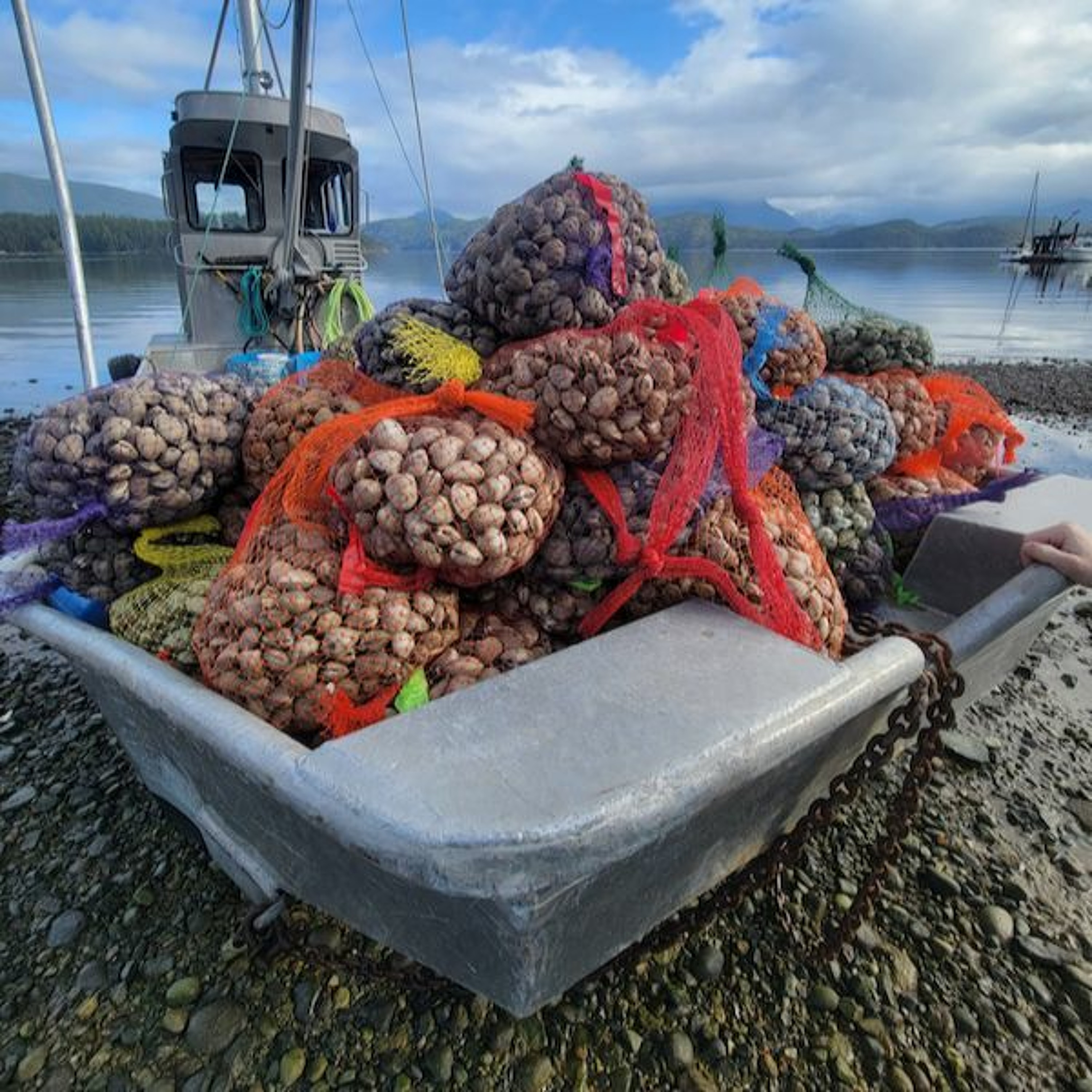Paul Muskee on Klahoose Aquaculture & QXMC
- Author
- roy.hales9.gmail.com
- Published
- Tue 12 Sep 2023
- Episode Link
- https://soundcloud.com/the-ecoreport/paul-muskee-on-klahoose-aquaculture-qxmc
Roy L Hales/ Cortes Currents - Paul Muskee has been working for QXMC for close to 15 years and the last decade of that has been with Klahoose Aquaculture.
“I feel like my life has led me this way. When I was younger, I did work in aquaculture and I did work in forestry. I was also a mining technologist for a bunch of years, but I grew up around Powell River, Lund and Desolation Sound. Running boats has always been part of what I've done. I've loved working for Klahoose. They've been a great employer and I really like the people I've gotten to work with,” he explained.
“I started working in their forestry department. I was out in the bush, helping to engineer blocks, plan roads and timber cruising. When the Jimmy Creek project happened, the development corporation picked up a bunch of pieces of that, running the 220 man camp, fuel supply for the project, barging, and that's when I got pulled out of the bush and into the office.”
“I've been helping to organize things ever since.”
“I was also involved with our first tourism initiative, which was grizzly bear tours in Toba Inlet which is now grown into the Klahoose Wilderness Resort and Gorge Harbour.”
CC: When did QXMC come into being?
PM: “It was before my time. I see the incorporation date, 2007. Cortes Cortes It was probably set up under Chief Ken Brown. The Development Corp, I believe, would have been Klahoose's initial engagement with the power companies in Toba Inlet.”
CC: How did you become involved in Klahoose Aquaculture?
PM: “Before my time, Klahoose had already embarked on acquiring aquaculture tenures and geoduck aquaculture, which was actually quite an innovative step because geoduck aquaculture is quite a new thing, still is. There's a lot of unknowns to it, and that was one of the things that I was asked to continue pursuing once I was working in administration.”
“Geoducks take about seven years to grow. A lot of things that can happen in that time. It's all underwater aquaculture, so you can't closely monitor your stock on a day to day basis.”
“We tried to draw on the advice and the knowledge of others that have done it. We tried to improve that and we still don't know exactly how successful we'll be because those plantings are still on the bottom from six years ago. We tried to give the seed every chance at health, so we boosted their growth inside Squirrel Cove and baskets of sand before planting them out in the deep.”
CC: Where is the principal market?
PM: China: when we harvest geoducks, sometimes the divers will finish diving around two in the afternoon, and by that night those geoducks will already be on a plane to China. Everything has to move quickly. It takes a lot of coordination to meet boats, to meet trucks, to meet processing plants, and out to the airport. Ideally they can drop the geoducks in a live tank”
More about clams, oysters, seaweed and geoducks in podcast
